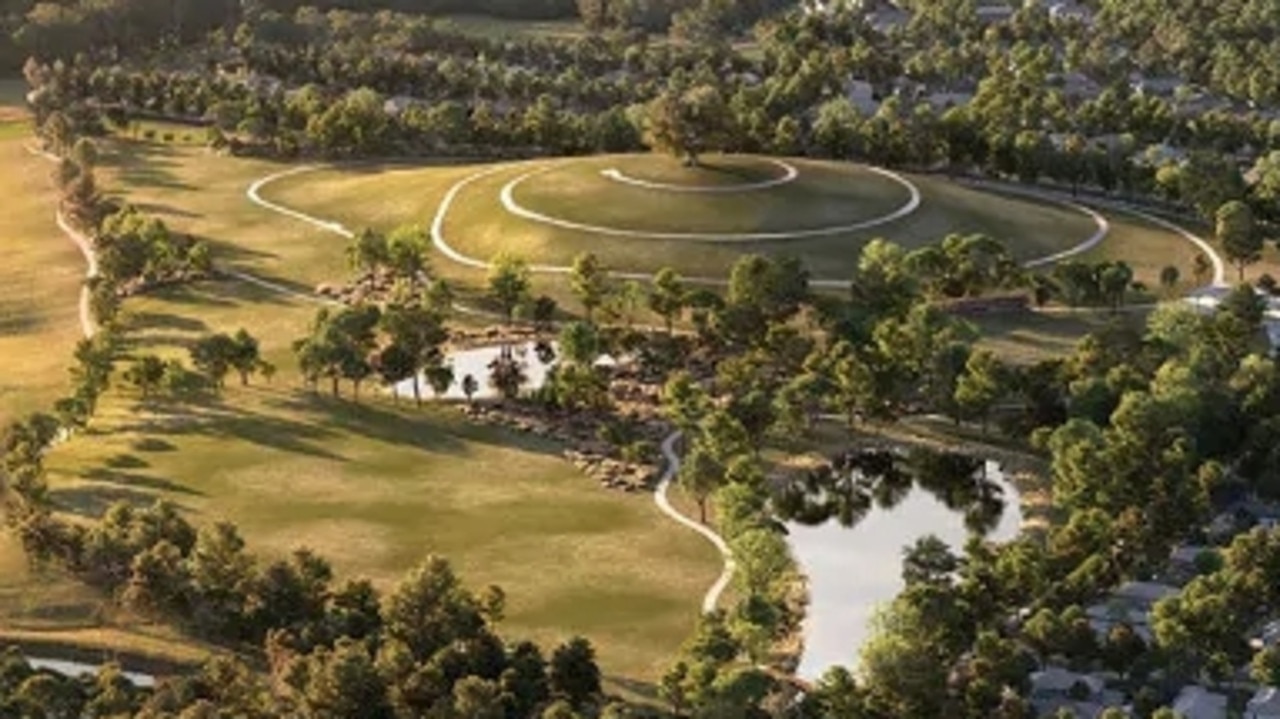Budget 2022: First homeowner schemes to open more doors
The federal budget has expanded the popular home guarantee scheme – it’s time to know what’s on the buyer’s menu.

In a big-spending pre-election budget, the federal government this week showed its willingness to splash the cash at prospective home buyers one more time.
There are now three distinct types of grants from Canberra in this area: the original First Home Owner Grant, the First Home Super Saver Scheme and the budget-boosted Home Guarantee Scheme.
The expansion of the Home Guarantee Scheme, which allows aspiring homeowners to purchase a home with minimal deposit, should see tens of thousands more people avail of the government’s “leg-up” in the coming years. It should also give older parents aiming to help their adult kids in buying a home further options in a housing market that gained 20 per cent last year.
The number of places in the guarantee scheme will jump to 50,000 a year for three years from 2022-23, before falling back to a steady 35,000 a year, allowing people with a deposit as low as 5 per cent – or 2 per cent for single parents – to buy a home without having to pay costly lenders’ mortgage insurance.
The broadened scheme, whereby the government guarantees a portion of the mortgage, will be split into three tranches: the First Home Guarantee, the Family Home Guarantee and the Regional Home Guarantee.
All up, 35,000 places a year will be allocated to first-home buyers, 5000 spots will be for single parents wanting to purchase a home with a 2 per cent deposit, and 10,000 places will be allocated to people wanting to buy a new home in a regional location.
The government will guarantee between 15 per cent and 18 per cent of the loan to get it over the 20 per cent mark, negating the need for LMI as would usually be required by banks.
Usefully, the scheme is already well regarded in the market, and a panel of banks including CBA, NAB and Bendigo Bank will now upgrade their efforts to market the scheme.
At a cost of $8.6m over four years from 2022-23, followed by $138.7m over seven years from 2026-27 and a further $20.5m a year ongoing from 2033-34, the hope is that the scheme will dramatically cut down the time it takes for renters to save for their own home.
The original scheme, first announced in 2019, has already proved extremely successful. Across the first two years of operation, 30,000 scheme places were approved, resulting in more than 24,000 settled purchases, according to a review by Treasury.
According to CoreLogic, it would take about 2.3 years for the median household to save a 5 per cent deposit on a home. A 20 per cent deposit, the level needed to avoid lenders mortgage insurance, would take about 8.8 years.
But eligibility requirements and price caps could dent the uptake of the schemes, particularly in the capital cities.
Under current rules outlined at the start of the financial year, single applicants only qualify if they have a taxable income of up to $125,000 a year, while for couples their combined income must not be more than $200,000 a year.
What’s more, for aspiring homeowners in Sydney and Melbourne, price caps under both the First Home Guarantee and Family Home Guarantee sit at $800,000 and $700,000 respectively. In Brisbane, home buyers will have to stick to a cap of $600,000, while in the remaining capital cities the cap is $500,000.
CoreLogic estimates that just 23 per cent of properties in Sydney and 30 per cent of homes in Melbourne are valued under the current thresholds.
Buying opportunities will probably prove even harder to come by in Hobart, where just 15.8 per cent of properties sit under the cap.
But property buyers in the ACT will be the most challenged of the lot, with just 10.7 per cent of homes valued under $500,000.
Alongside the expanded Home Guarantee Scheme, don’t forget the two other initiatives – the First Home Owner Grant and the First Home Super Saver Scheme.
The First Home Owner Grant is a one-off payment to eligible first-home buyers, with the amount paid varying depending on the state or territory, while the First Home Super Saver Scheme allows first-home buyers to top up their super with additional contributions at a lower tax rate, boosting their savings for a deposit.
From July 1, workers will be able to pump an additional $50,000 into their super as voluntary contributions to help save for a home, up from the current $30,000.
Of course, the bump in government assistance comes at a fraught time, with interest rates moving higher, pressuring homeowners at a time when the property market is teetering at a high point.
The big risk is that buyers with a 2 per cent or 5 per cent deposit who purchase now are at high risk of falling into negative equity if the housing market falters.
Economists, including those at the major banks, are already tipping double-digit price falls in the major cities over the next couple of years as rate rises kick in
Originally published as Budget 2022: First homeowner schemes to open more doors



